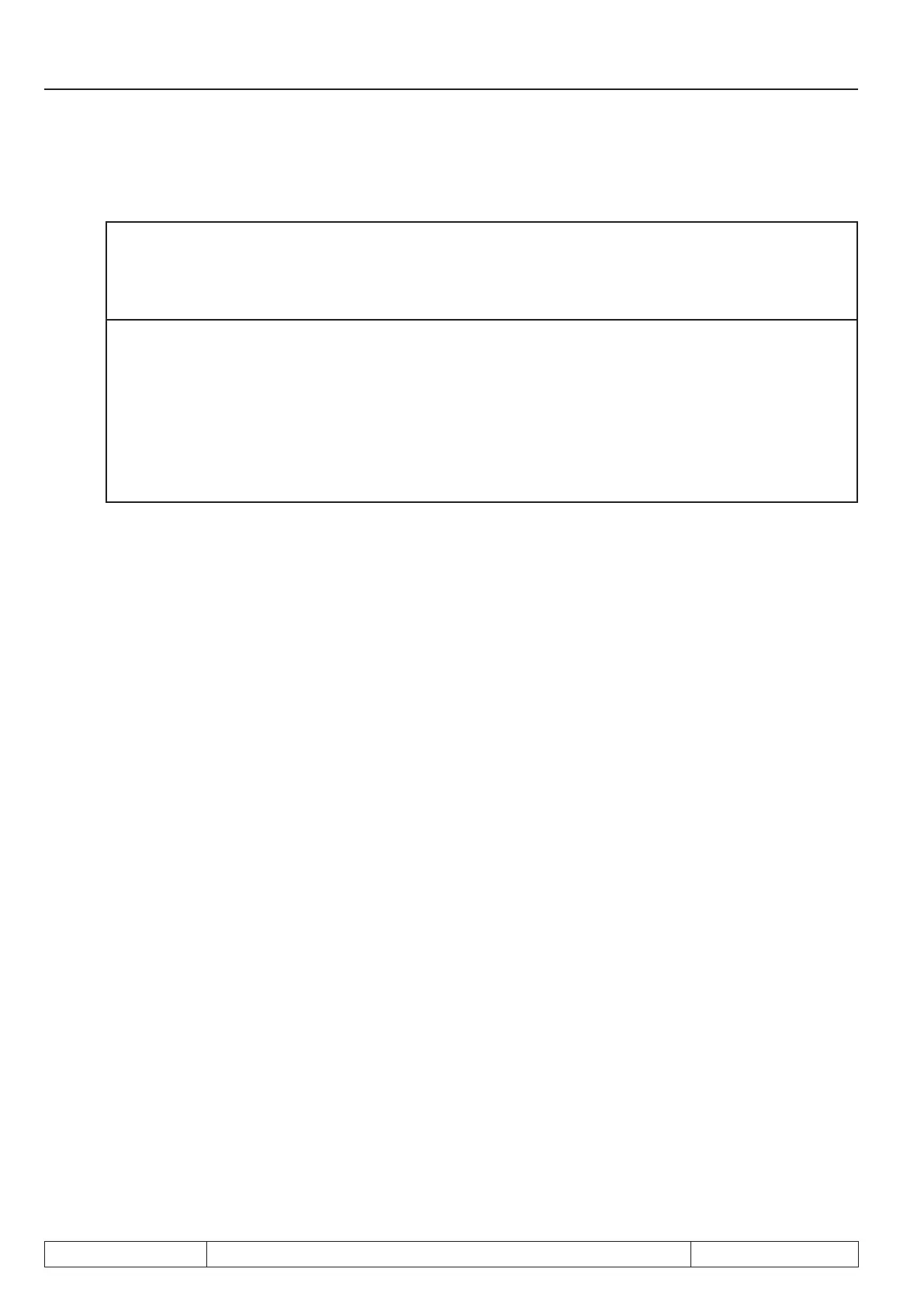Page 6.1 - 4 COMBIVERT R6-S © KEB, 2008-02
Project design
Control cabinet surface
Calculationofcontrolcabinetsurface: Airowratewithfancooling:
P
V
—‒———
∆T•K
3,1•P
V
——‒——
∆t
A = [m
2
] V = [m
3
/h]
A = Control cabinet surface [m
2
]
∆t = temperature differential
(standard value = 20K)
[K]
K = coefcientofheattransmission
(standard value = 5)
P
V
= power loss (see technical data)
V = airowrateoffan
For more details please refer to the catalogs of the control cabinet manufacturers.
The COMBIVERT R6 serves in the operating mode as power supply and regenerative unit for supply of a DC
bus with the connected components (inverters). Furthermore the supplied regenerative energy of the DC bus
is refeed into the net via COMBIVERT R6.
A ‚sinusoidal‘ supply and regenerative current establishes in connectionwithaharmoniclter.
In operational case ‚feed-in‘ approx. 8% THD.
In operational case ‚regeneration‘ approx.12% THD.
Several R6 units can be switched parallelly to increase the supply and regenerative power.
The following basic requirements must be met for the operation as power supply and regenerative unit (stan-
dardoperatingmode):
- The sum of the DC link capacities of the connected inverters may not exceed the max. permissible DC
link capacity of the R6 units.
- The maximum motor DC load currentoftheconnecteddrivemustbe≤thanthemaximumDCsupply
current of the R6 unit.
- The motor DC load currentincontinuousoperationmustbe≤thantheDCsupplyrated current.
Observe OL function at high load currents.
- The maximum regenerative DC load currentoftheconnecteddrivemustbe≤thanthemax.DCregene-
rative current.
- The regenerative DC load current in continuousoperationmustbe≤thantheDCregenerativerated
current.
Observe OL function at high load currents.
- The maximum permissible DC link capacity can be taken from the power data of the respective regene-
rative units!
∑C
ZK capacitors≤max.permissibleDClink capacity
